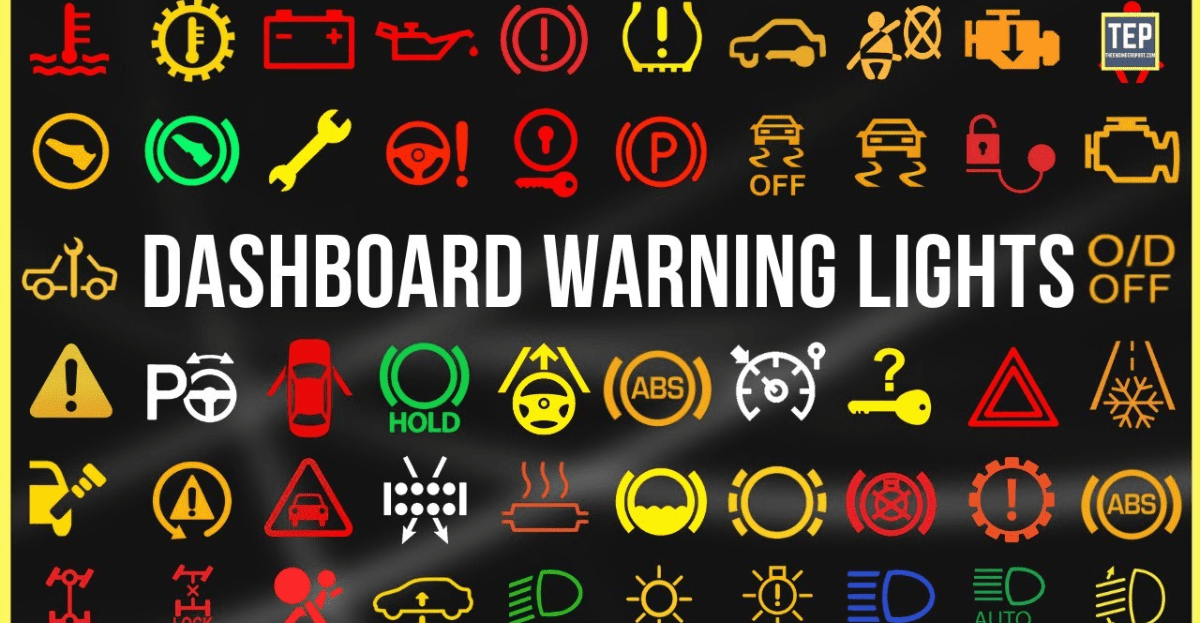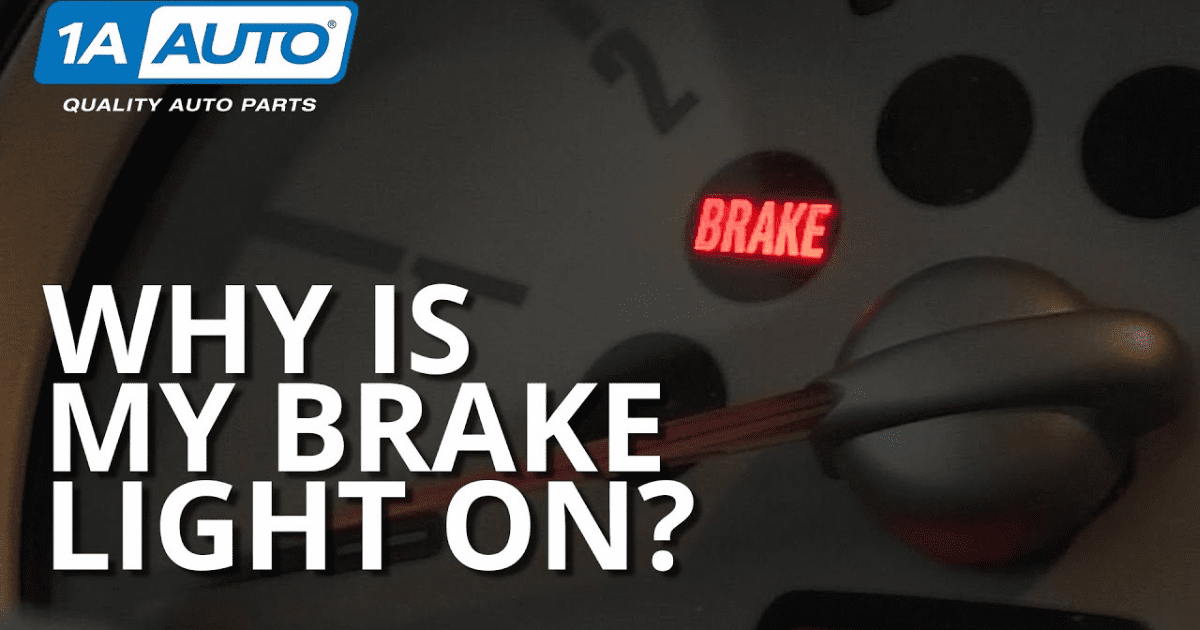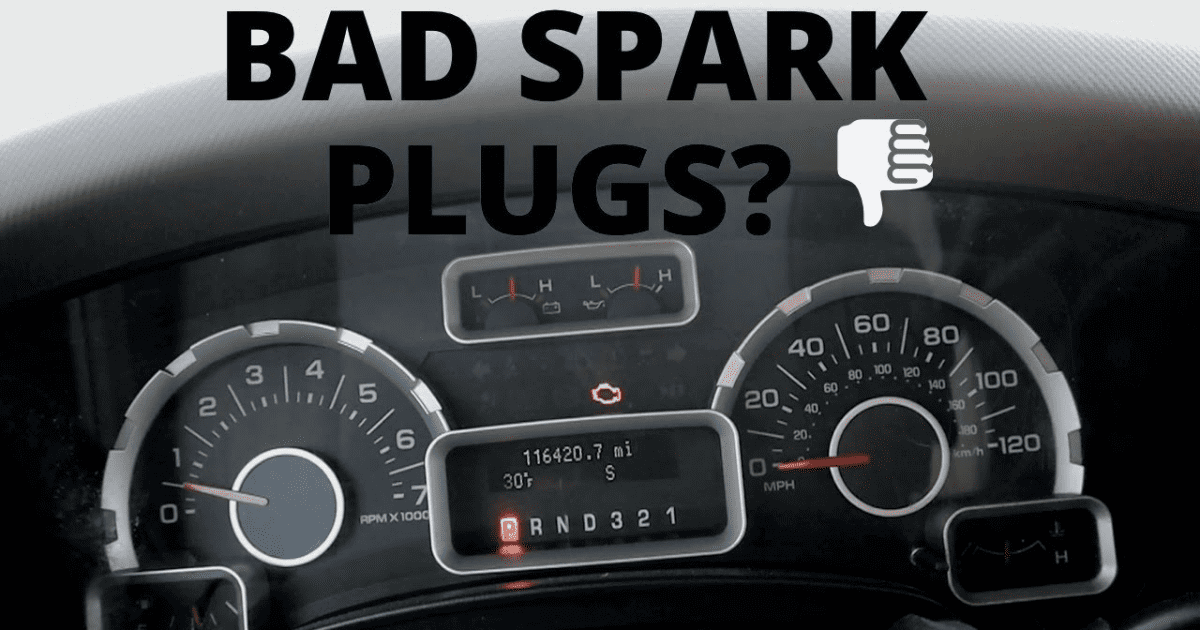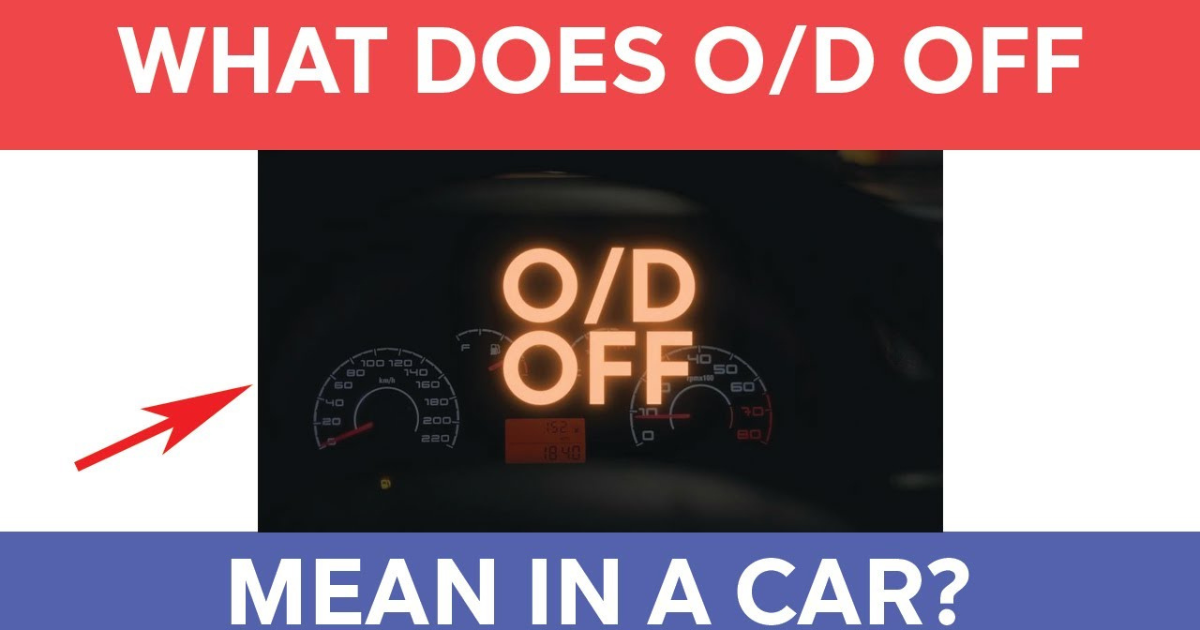If you see any of these 50 dashboard lights, it’s important to know what they mean, what could be causing them, and how to fix them properly.
Knowing what the different dashboard lights mean is an important part of being a responsible car owner who wants to keep their car safe and running well. This detailed guide will explain 50 common dashboard lights, look into what might be causing them, and give you solving tips to help you fix these problems quickly and easily.
The check engine light is on.
This means that there might be a problem with the engine or pollution system.
Loose gas cap, broken oxygen sensor, or a problem with the catalytic converter are the causes.
To fix the problem, check the gas cap, look for error codes, and talk to a skilled mechanic.

The charging system or battery light
This means that there is a problem with the car’s battery or charging device.
The alternator is broken, the battery wires are loose, or the battery is weak.
Troubleshooting: Check the links to the battery, check the voltage of the battery, and if necessary, talk to a mechanic.
What Does the Oil Pressure Light Mean?
It means that the engine’s oil pressure is low, which is bad for the engine.
Low oil level, broken oil pump, or engine oil leak are all causes.
Troubleshooting: Check the oil level, look for leaks, and get help from a professional.
Light for the brakes
This means that there is a problem with the car’s stop system.
What causes it? Brake fluid leaks, old brake pads, or not enough brake fluid.
To fix the problem, check the amount of the brake fluid, look at the brake pads, and talk to a mechanic.
The ABS light

means that there is a trouble with the anti-lock brake system.
Problems: ABS sensor not working right, wheel speed sensor broken.
To fix problems, look for error codes, check the sensors, and talk to an expert.
A system that checks the pressure of your tires Light Meaning:
One or more tires have low tire pressure.
Underinflated tires or a broken TPMS monitor are to blame.
To fix the problem, check the tire pressure, restart the TPMS system, and if necessary, replace the broken sensor.
If you see an airbag light, it means there is a problem with the car’s airbag system.
Problems: Airbag sensor or gadget not working right.
To fix the problem, look for error codes and talk to a trained technician.
Engine Temperature Alert Light
Meaning: Engine is getting too hot.
Reasons: coolant leak, broken thermostat, and engine problems.
Check the amount of coolant, look for leaks, and talk to a mechanic if the problem persists.
Power Steering Alert This light
means that there is a problem with the power steering.
Low power steering oil, a broken belt, or a problem with the steering pump are all causes.
To fix the problem, check the amount of the power steering fluid, look at the belts, and talk to a professional.
Electronic Stability Program
ESP This light means that there is a problem with the stability control system of the car.
Wheel speed sensor problems and steering angle sensor problems are the causes.
To fix the problem, look for error codes, check the sensors, and talk to an expert technician.
Washer Fluid Alert Light

Meaning: This means the windshield wiper fluid level is low.
Causes: washer fluid tank is empty or washer fluid is leaking.
Fixing the problem: Add more washer fluid, check for leaks, and add more if needed.
Glow Plug (Diesel) Light
Meaning: This light turns on when the diesel engine starts up.
Reasons: It works normally when it’s cold.
Fixing the problem: Nothing needs to be done unless it goes on for a long time.
The DPF (fuel Particulate Filter) Light
means that there might be a problem with the fuel particulate filter.
The DPF is clogged, and the cleaning process failed.
Troubleshooting: Look in the car’s manual for directions on how to regenerate the battery; if you need more help, get professional help.
Seat Belt Reminder Light:
This light reminds people to buckle up in their seats.
Reasons: The seat belt wasn’t fastened.
Troubleshooting: Make sure everyone in the car wears a seat belt.
Door Ajar Warning Light:

This light lets you know that one or more doors are not closed all the way.
Door isn’t fully closed or the door monitor is broken.
To fix the problem, make sure all the doors are shut firmly and check the door sensors.
Light for adaptive cruise control
This means that the adaptive cruise control feature is turned on.
The adaptive speed control was turned on.
Troubleshooting: Nothing needs to be done unless something is wrong.
Lane Departure Warning Light:
This light lets you know that the lane departure warning device is working.
Causes: The lane departure warning device was turned on.
Troubleshooting: Nothing needs to be done unless something is wrong.
The High Beam Indicator
lights up when the high beams are turned on.
Reason: The high lights were turned on.
To fix the problem, turn on the low lights when there are other cars around.
What Does Fog Light Indicator Mean?
It shows that the fog lights are on.
Causes: The fog lights came on.
How to Fix It: If the weather is clear, turn off the fog lights.
ECO Mode Indicator:
This button lets you know when the car is in the fuel-saving ECO mode.
Reasons: ECO mode was turned on.
Troubleshooting: Nothing needs to be done unless something is wrong.
Warning about less power Light Meaning:
This means the engine is running with less power.
Problems with engine control and the throttle body are to blame.
Fixing the problem: Don’t drive too much and see a repair right away.
Electronic Throttle Control Light:
This light means that there is a problem with the electronic throttle control device.
Causes: A broken throttle position sensor or a problem with the throttle body.
Fixing the problem: Get skilled help and don’t drive as much if you have to.
Traction Control System (TCS) Light:

This light means there is a problem with the traction control system.
Causes: trouble with the TCS system and the wheel speed sensors.
Fixing problems: Talk to a professional mechanic.
Alert for Fuel Level Light:
This means the fuel amount is low.
Reason: The gas tank doesn’t have enough fuel.
Fixing the problem: Fill up the gas tank.
Overdrive (O/D) Off Indicator:
This light turns on when the overdrive function is turned off in automatic transmissions.
Causes: The driver turns off boost by hand.
Troubleshooting: You don’t need to do anything unless you want to use speed to save gas.
Light for Security (Key or Padlock Symbol)
This means that there is a problem with the car’s anti-theft system.
Causes: Problems with the key or the immobilizer.
For troubleshooting, look at the car’s manual or talk to a skilled mechanic.
Fault with the Washer Fluid Level Sensor
Alerts you when the washer fluid level monitor isn’t working right.
Problems: The washer fluid level monitor is broken.
Troubleshooting: Get help from a professional to figure out what’s wrong and, if necessary, repair the sensor.
Not Recognizing The Ignition Key
This means that the car’s ignition key is not being identified.
Causes: Key is broken or not noticed.
Fixing the problem: If you have an extra key, use it, or call a dealership.
Air Suspension System Light:
This light means there is a problem with the air suspension system.
Causes: Air suspension parts that leak and sensors that don’t work right.
For troubleshooting, you should get a full check from a professional.
Temperature Warning for Transmission Light Meaning:
This light means that the transmission oil is too hot.
Overworked clutch and low fluid level are to blame.
To fix the problem, you should stop and let the transmission cool down. Then, check the oil level and talk to a mechanic.
Light for Regenerative Braking System (Hybrid/Electric)
This means that there is a problem with the regenerative braking device.
Causes: A problem with the regenerative braking system.
For troubleshooting, look at the car’s owner’s manual or talk to a skilled mechanic.
Blind Spot Monitor Light Meaning:
The blind spot tracking system is having trouble.
Problems with the blind spot sensors or problems with the tuning.
For help with fixing problems, look at the system’s user guide or talk to a qualified technician.
Pre-Collision System (PCS) Light:
This light means there is a problem with the pre-collision system.
Causes: Bad sensors or problems with tuning.
For troubleshooting, look at the car’s owner’s manual or talk to a skilled mechanic.
Headlight Leveling System Light:
This light lets you know that there is a problem with the headlight leveling system.
Causes: A problem with the headlight leveling device.
Troubleshooting: Get help from a professional to check out and fix the problem.
Electric Power Steering (EPS) Light Meaning:
The EPS light means there is a problem with the electric power steering device.
Causes: a problem with the EPS system or a broken monitor.
Troubleshooting: To figure out what’s wrong and fix it, you should talk to a skilled mechanic.




